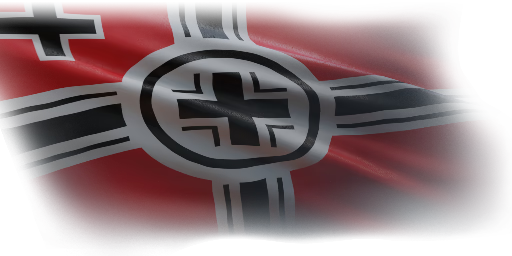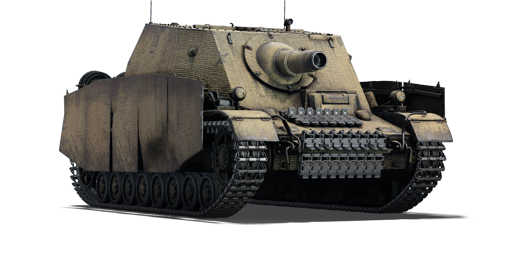



Seeing a need to create a new direct-fire infantry support self-propelled gun for the infantry, Alkett developed a self-propelled artillery piece based on the chassis of the Panzer IV medium tank in service. The vehicle became known as the Sturmpanzer IV, though it would become known more popularly by the nickname Brummbär (German: "Grouch") that the Allied intelligence assigned to it. With 300 units manufactured between March 1943 to May 1945, the Sturmpanzer IV saw its first use at the Battle of Kursk and was present at most major combat operations afterwards, proving to be an extremely effective tool for neutralizing fortified positions, enemy troops, and armored vehicles.
Introduced in Update 1.61 "Road to Glory", the Brummbär's main strength lies in its 150 mm cannon, akin to that found on the KV-2 (1939). Due to its long reload and decent armour, this machine is suited to ambushes or supported urban combat. Its ~100 mm frontal armour is a force to be reckoned with (being about the same as a Tiger I's). However, its sides are weak (as any Panzer IV is) and its rear is as well. Its gun has a lot of drop (it is very low velocity), so "sniping" at ranges over ~750 m will basically be indirect fire. This is why this vehicle should stick to short-range attacks. Due to the potential of all of its shells, it is almost guaranteed a one-hit knock-out, assuming the shell hits relatively on-target.
| Ammunition | Type | Armor penetration (mm) at a distance: | |||||
|---|---|---|---|---|---|---|---|
| 10 m | 100 m | 500 m | 1000 m | 1500 m | 2000 m | ||
| HE | 61 | 61 | 61 | 61 | 61 | 61 | |
| HEAT | 185 | 185 | 185 | 185 | 185 | 185 | |







 2 x (105 / 160 / 210) %
2 x (105 / 160 / 210) % 
 2 x 160 %
2 x 160 % 

Mobility | |
|---|---|
Protection |
|---|
Firepower |
|---|